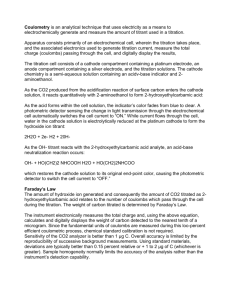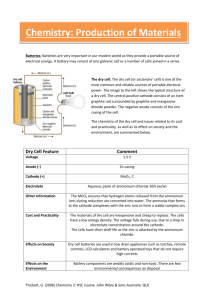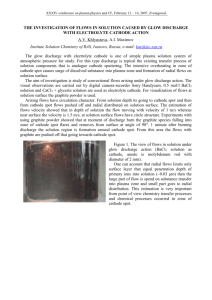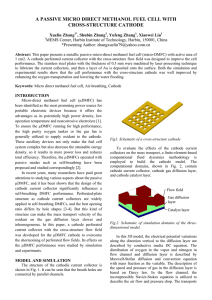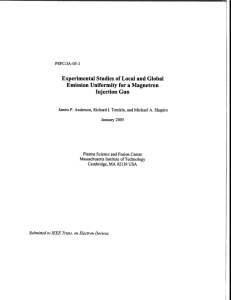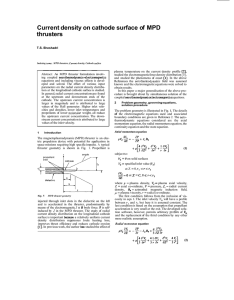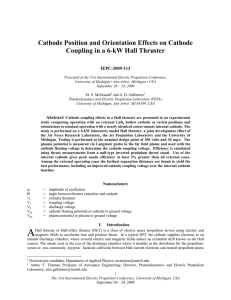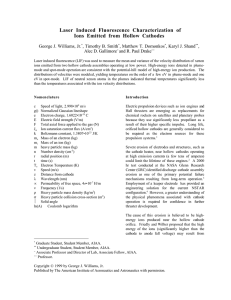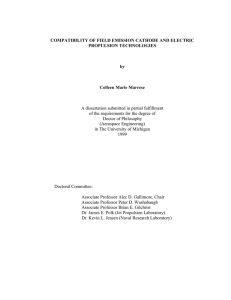Cheaper fuel cell on the way 2009 IGERT PBL Course
advertisement
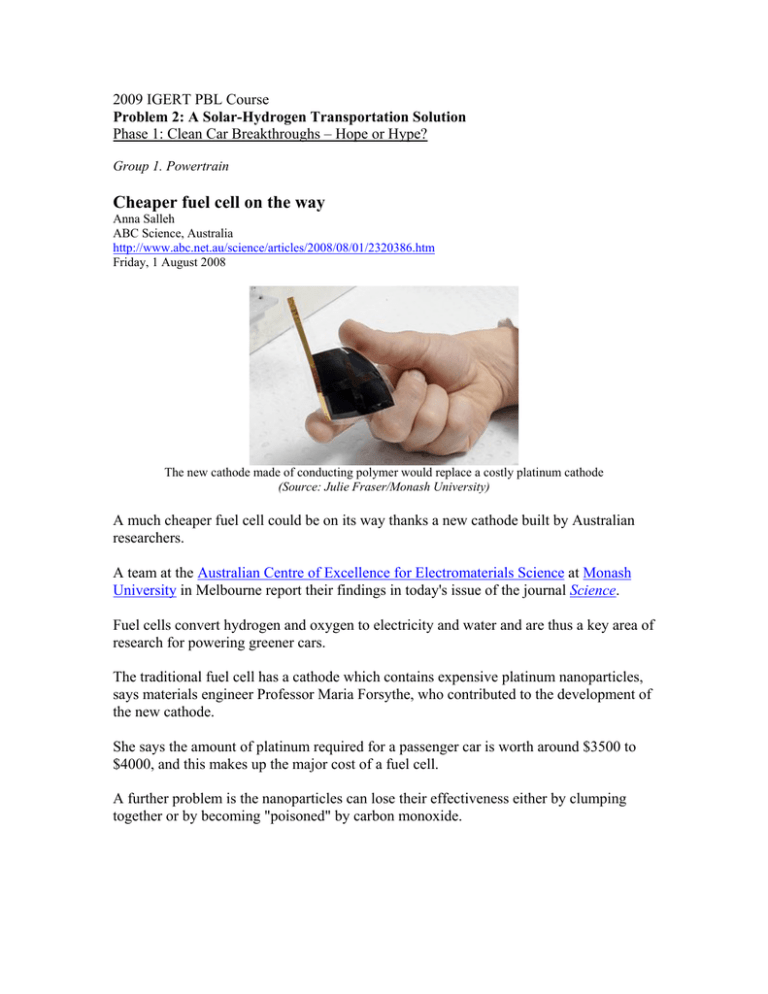
2009 IGERT PBL Course Problem 2: A Solar-Hydrogen Transportation Solution Phase 1: Clean Car Breakthroughs – Hope or Hype? Group 1. Powertrain Cheaper fuel cell on the way Anna Salleh ABC Science, Australia http://www.abc.net.au/science/articles/2008/08/01/2320386.htm Friday, 1 August 2008 The new cathode made of conducting polymer would replace a costly platinum cathode (Source: Julie Fraser/Monash University) A much cheaper fuel cell could be on its way thanks a new cathode built by Australian researchers. A team at the Australian Centre of Excellence for Electromaterials Science at Monash University in Melbourne report their findings in today's issue of the journal Science. Fuel cells convert hydrogen and oxygen to electricity and water and are thus a key area of research for powering greener cars. The traditional fuel cell has a cathode which contains expensive platinum nanoparticles, says materials engineer Professor Maria Forsythe, who contributed to the development of the new cathode. She says the amount of platinum required for a passenger car is worth around $3500 to $4000, and this makes up the major cost of a fuel cell. A further problem is the nanoparticles can lose their effectiveness either by clumping together or by becoming "poisoned" by carbon monoxide. New cathode Forsyth and team developed a new cathode from a conducting polymer called poly(3,4ethlenedioxythiphene) or PEDOT. Conducting polymers are special plastics that conduct electricity. Forsyth says cathode materials for a green car could be made more easily at cost of only several hundred dollars, while producing the same amount of current per unit area as the platinum cathode. She says the new cathode is also much more stable than the platinum one and immune from being affected by carbon monoxide. The researchers will now build a fuel cell, in three dimensions, to maximise the surface area available to generate current. Forsyth says the cathode could also be used in zinc air batteries, which are under development for storing energy in cars. Funding for the new cathode came from the Australian Research Council. Forsyth says that patents are pending on the cathode and the research team is speaking to eco-car manufacturers about their technology.





